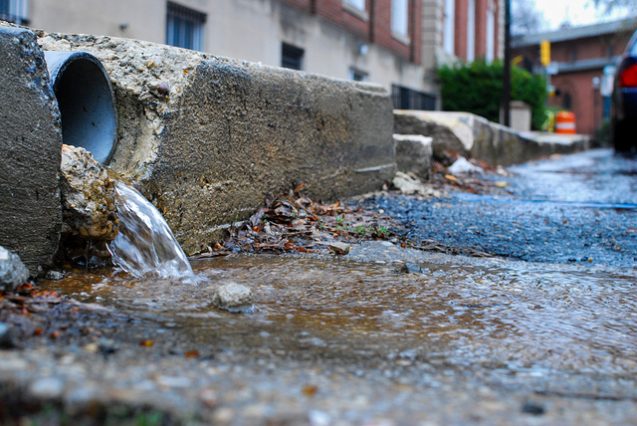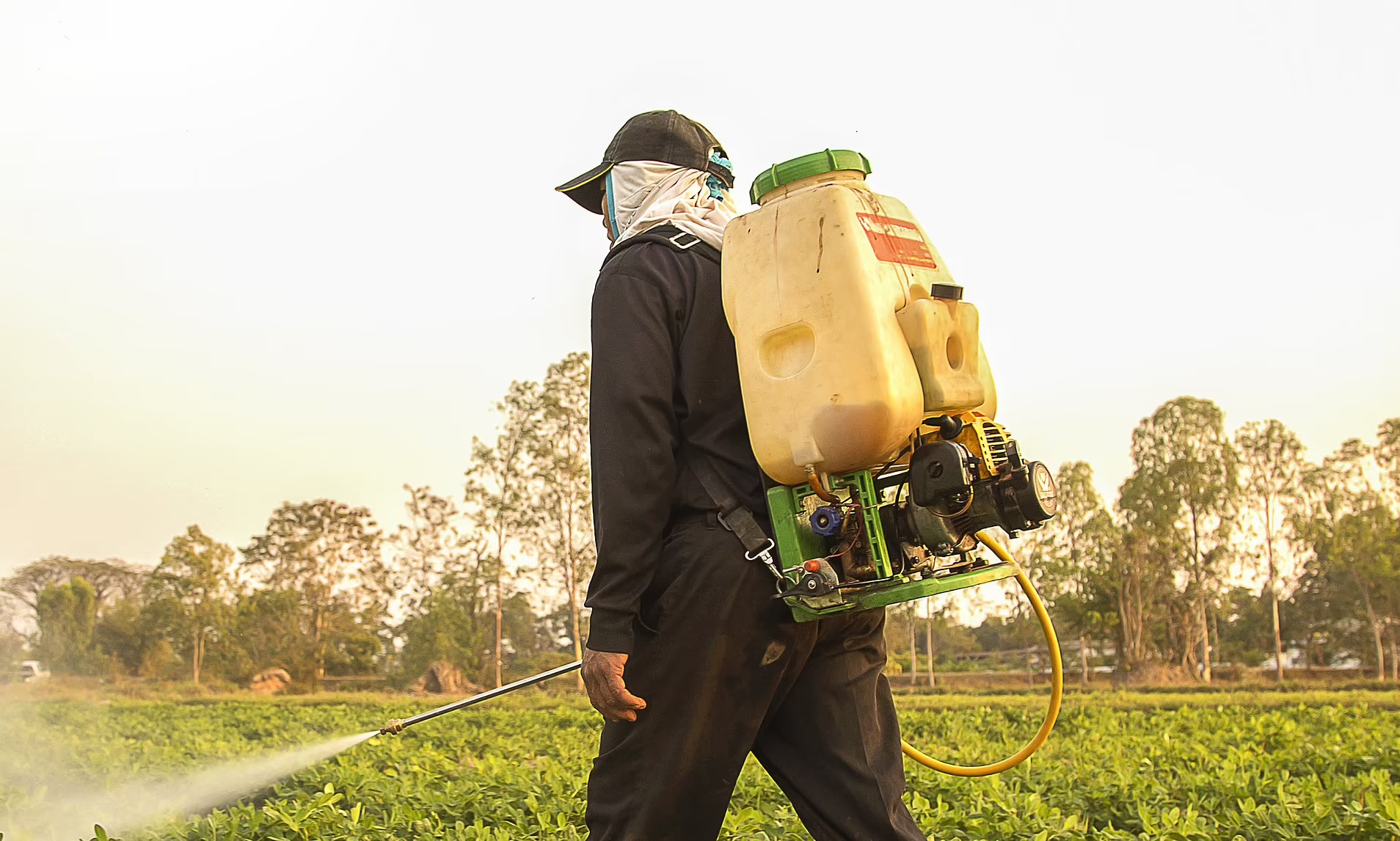The Primary Issue
Several municipalities are incorporating rainwater drainage systems into public parks and playgrounds to manage stormwater and improve space usability. However, this development has raised concerns about the potential risks associated with drainage systems and their impact on the environment and public health. This highlights the need for careful evaluation of materials and drainage practices to ensure safety.
Influencing Factors
- Automotive Drag with Roads and Wear Out
- Tire Abrasion
- Road Surface Wear
- Household Contribution and Density Trends
- Urbanization
- Residential Practices
- Pesticide / Contaminated Untreated Water
- Pesticide Runoff
- Untreated Water
- Incidental Factors
- Debris & Litter
- Maintenance Practices
Potential Solutions
- Improve Infrastructure
- Catchment Areas
- Filtration Systems
- Sensors
- Dry Well Design
- Playground Design
- Legislation and Regulatory Changes
- Legislative Action
- Disclosure Requirements
- Regulatory Code Changes
- Private Parks Regulations
- Intra-Government Coordination
- Interagency Collaboration
- Shared Resources
- Public Awareness and Education
- Public Education Campaigns
- Community Involvement
- Promote Best Practices
About Us
Safiyah Noor Zubair holds dual Bachelor’s degrees in Medical Sciences and Biomedical Sciences, showcasing her expertise in health and research. She is currently a Research Scholar at Boston University School of Medicine, contributing to cutting-edge research through the prestigious National Institutes of Health (NIH) program. Additionally, Safiyah conducts research at Brigham and Women’s Hospital, where her work advances the understanding of complex biomedical phenomena. Her academic background and research experience highlight her commitment to advancing medical science and improving health outcomes.
With expertise in advanced research methodologies and a deep understanding of biomedical issues, Safiyah will lead the development and implementation of innovative solutions for this project. Her leadership will ensure a rigorous, evidence-based approach to addressing hazardous material transfer in public parks and playgrounds, fostering collaboration, and driving impactful changes to protect community health.




